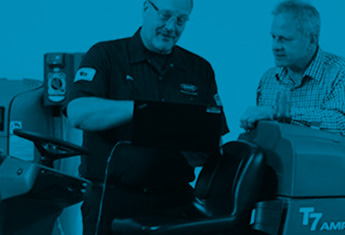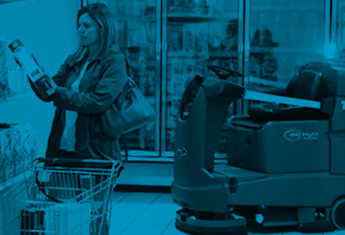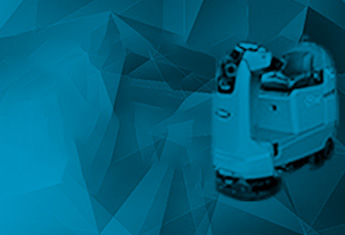Your shopping cart is empty.
Can Robotic Cleaning Machines Work In Industrial Settings?
Posted in Innovation & Technology, Robotic Cleaning Machines, Industry News & Trends,

Warehouse Cleaning Robots on the Rise
Robotic equipment is not new to industrial settings. In fact, by 1961, robotic arms were being used in a General Motors diecasting plant in New Jersey. The first industrial robotic arm was developed by a company called Kuka in the early 1970s.¹ Today, there are hundreds of robotics companies making robotic arms and other types of robots for the manufacturing space.
What is a newer concept, however, is using a robotic cleaning machine to scrub the floors of industrial settings like manufacturing plants and warehouses. With the launch of Tennant’s T7AMR robotic floor scrubber in 2018, the possibility to autonomously clean these larger spaces provides the opportunity to have a consistently clean floor, increase productivity and avoid interruptions to your operations.
While industrial facilities are dynamic and busy environments, there are likely areas that regularly have times of non-use. Robotic floor cleaning machines are a good solution for industrial environments, where cleaning can sometimes be a secondary concern.
The ability to have areas cleaned that may regularly have downtime allows reallocation of labour to help make the facility more productive to their core business.
Purchase Considerations
Before you consider bringing a robotic cleaning machine into your facility, be sure to understand if your environment is favourable to the capabilities of the machine.
Ideal industrial environments for robotic cleaning:
- Areas where there are wide-open spaces, such as alleys where you may store inventory, walkways, loading docks, staging areas
- Areas that have downtime but need to be cleaned
- Breakrooms/eating areas
Industrial areas not suited for robotic cleaning:
- Places with many obstacles, such as people walking or other large machinery constantly driving through
- Tight spaces with narrow aisles
Robots are most efficient and appropriate for wide open spaces that are cleaned for at least three hours a day, five days a week. Automated floor scrubbers can be trained to clean multiple routes per building and navigate around fixed objects. However, they cannot go up or down ramps and narrow hallways or corridors may provide challenges, so consider your facility before moving forward.
Floor cleaning robots is the largest and fastest growing category out of all types of cleaning robots and will be a $2.5 billion industry in the coming year. Having a cleaning robot is like adding a consistent, reliable worker to your team. Robotic floor cleaning machines can improve operations through data and performance tracking, help retain and attract workers, enhance the company brand and more.
RELATED LINKS





